Where does Nepal's climate budget go?

KATHMANDU : Nepal – a least developed, mountainous and land-locked country – is globally ranked as one of the most vulnerable countries due to adverse impact of climate change. This ranking is also justified in the fact that in recent years, the country has witnessed recurring climate change induced hazards such as flash floods, landslides, glacial outbursts, heat wave and cold wave, droughts and unpredictable rainfalls. These have had direct negative bearings on the lives and livelihoods of people, including to the national economy and natural ecosystem.
According to the National Adaptation Programme of Action (NAPA), out of 75 districts in the country, 29 districts are highly vulnerable to landslides, 22 to drought, 12 to Glacier Lake Outburst Floods (GLOF), and nine districts to flooding.
The 2013 study on Economic Impact Assessment of Climate Change in Key Sectors (agriculture, hydropower and water-induced disasters) has estimated direct cost of current climate variability and extreme events equivalent to 1.5 to 2 per cent of current GDP/year (approximately USD 270-360 million/year in 2013 prices) and much higher in extreme years. In addition to economic losses, climate change threatens recent development gains and undermines future results and aspirations.
Hence, what Nepal requires to respond to the negative impact of climate change on lives and livelihoods is effective resource mobilization. Nepal's Citizen Climate Budget (CCB), a recent publication of the United Nations Development Programme and Freedom Forum, reveals that 30.7 % of Nepal's budget has been allocated to activities related to climate change in the fiscal year 2017/18. It is Rs 301.33 billion out of total budget RS 1,278.99 billion.
Nepal's CCB presents how the budget is being allocated to address climate change and its effects since 2013/14. It uses critical information from the Ministry of Finance and other Government agencies in Nepal. "This is designed for the public to have access to information on how the government uses public finance to address climate change in a simple manner", the CCB states.
In the fiscal year 2013/14, percentage of total budget relevant to climate change was 10 % while it increased to 11 % in FY 2014/15, 19 % in 2015/16, 19 % in 2016/17 and 31 % in 2017/18. Furthermore, the trend of the last five years shows that Nepal's climate relevant budget has increased by almost seven-fold since fiscal year 2013/14. It was NRS 53.5 billion in the FY 2013/14 and is NRS 393.4 billion in the FY 2017/18.
The increase in climate relevant budget is however due to allocation for the reconstruction works that is taking place following the 2015 earthquake, all of which requires to be 'climate resilient'. Likewise, the rise in climate budget in 2017/18 is due to grants set aside for the newly formed local level governments.
According to the Climate Budget Code developed by the National Planning Commission, programmes are considered ‘highly relevant’ if 60 % or more of the allocation is related to climate change and ‘relevant’ if 20-60% of the allocation is the same. However, there has been a slight methodological change since FY 2017/2018 in regard to weightage to measure relevancy.
In the FY 2013/14, the highly-relevant climate budget covered 52 % and relevant 48 % while it has been recorded highly relevant 15 % and relevant 85 % in the FY 2017/18.
Nepal’s budget is divided into capital, recurrent and financial management. Of the climate budget, the division of capital and financing has been 53 % in the FY 2013/14 and 32 % in 2017/18. Likewise, the allocation of recurrent costs out of climate budget in aggregate was 47 % in the FY 2013/14 and 68 % in 2017/18.
For the FY 2013/14 to 2017/18, 65.42 % (in aggregate) of climate change budget has been allocated to economic affairs which includes general economic, commercial and labour affairs, agriculture, forestry, fishing and hunting, fuel and energy, mining, manufacturing and construction, transport, communication and other industries. In the FY 2017/18, the 'general public service' has received highest allocation of 59 % of total climate change budget while 'economic affairs' has 27 %, 'housing and community amenities' has 9.1 % and 'environmental protection' has 3.6 % in the fiscal year 2017/18. The 2017/18 increase in 'general public service' is the result of a new structure in which resources are channelized through the local level governments.
For Fiscal Year 2013/14 and 2014/15, the majority of the Climate budget was allocated for Agriculture and, Fuel and Energy. The Agriculture budget includes budget allocated for Forestry, Fishing and Hunting. For Fiscal Year 2015/16 and 2016/17, the majority of the Climate budget was allocated for Research and Development under Economic Affairs along with Agriculture, and Fuel and Energy. For Fiscal Year 2017-18, the bug chunk of Climate Budget has been appropriated to Agriculture and, Fuel and Energy.
The Ministry of Finance has the highest 54.2 % of total Climate Change budget in FY 2015/16 and 47.2 % in FY 2016/17. The Ministry of Finance keeps a lump sum to address unexpected needs including natural calamities. It also includes budgetary allocations for financing debt services, and research for special projects such as hydropower and physical infrastructure development.
Likewise, the local government received highest allocation of CC budget i.e 57 % in the FY 2017/18 as this is the grants set aside for local government in the changed political and administrative setups starting this year.
There are several institutions dealing with climate change in Nepal. Among the key are Ministry of Population and Environment (climate change management division), National Planning Commission, Ministry of Finance and other line ministries, National Reconstruction Authority, Climate Change Council and the CSO-managed Climate Change Networks.
Climate action falls under Goal 13 of the 2030 Sustainable Development Agenda calling for the globe to take urgent action to combat climate change and its impact. Apparently, Nepal also has accorded priority to allocating resources to address climate change effects. With the Green Climate Fund in place and the recent financial pledge of developed countries to raise $100 billion every year by 2020 for the developing countries to fight against climate change, Nepal will, in the near future, be the recipient of additional international funds and other vertical funds. So, generating the evidences on flow of public climate expenditure is a must to access such funds and devise climate actions for concrete results.


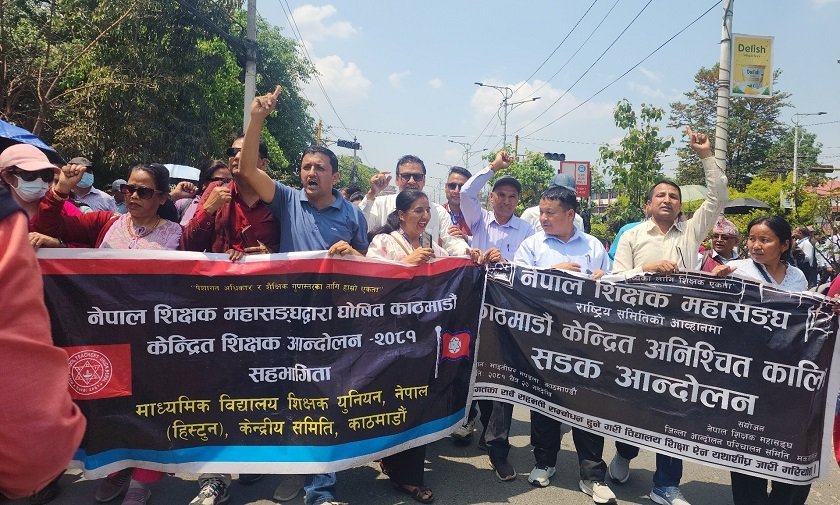
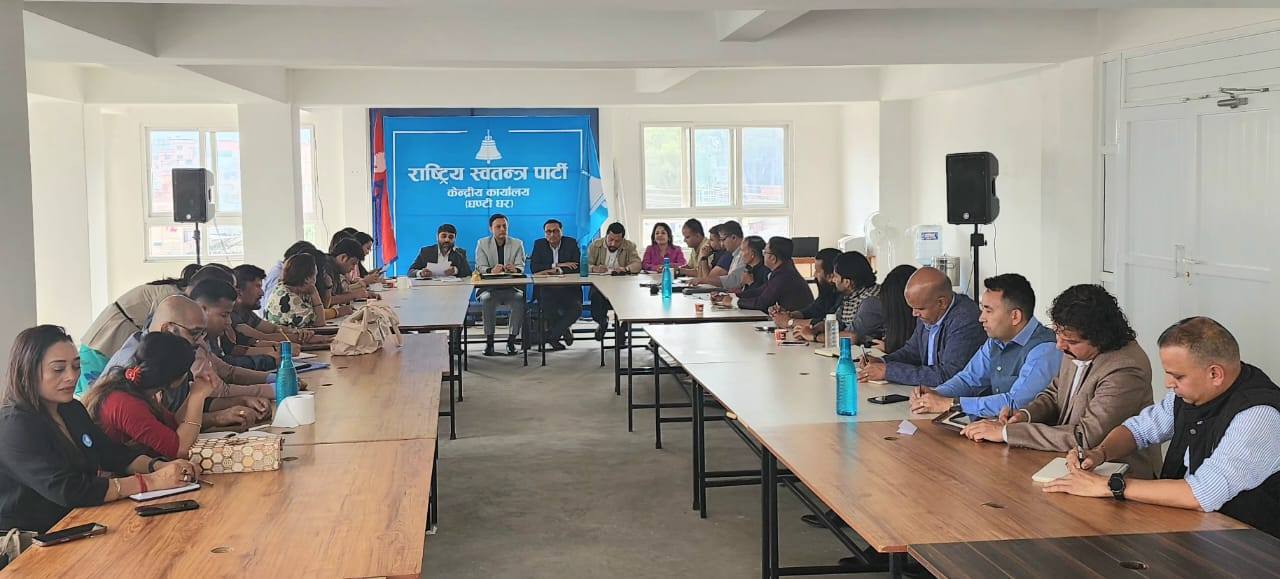
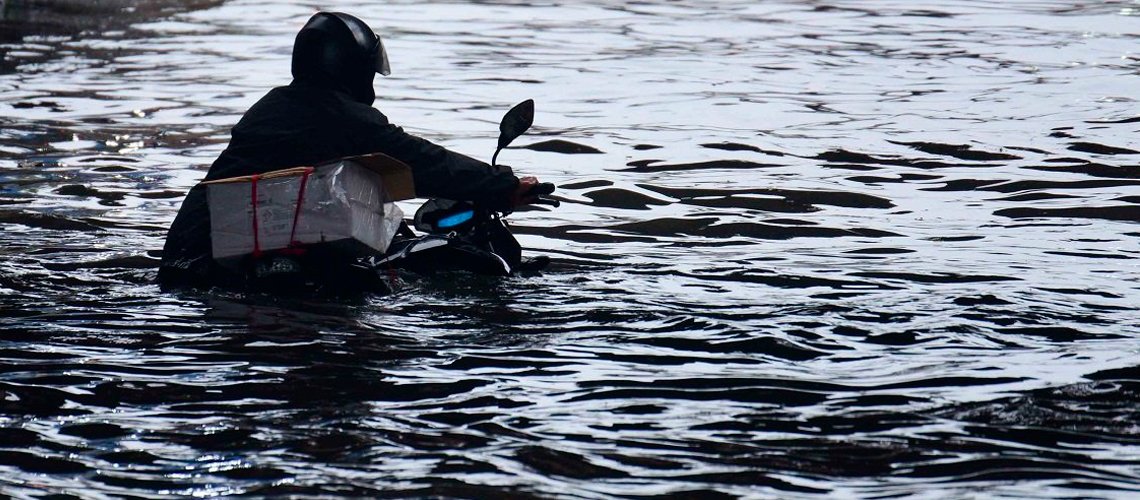
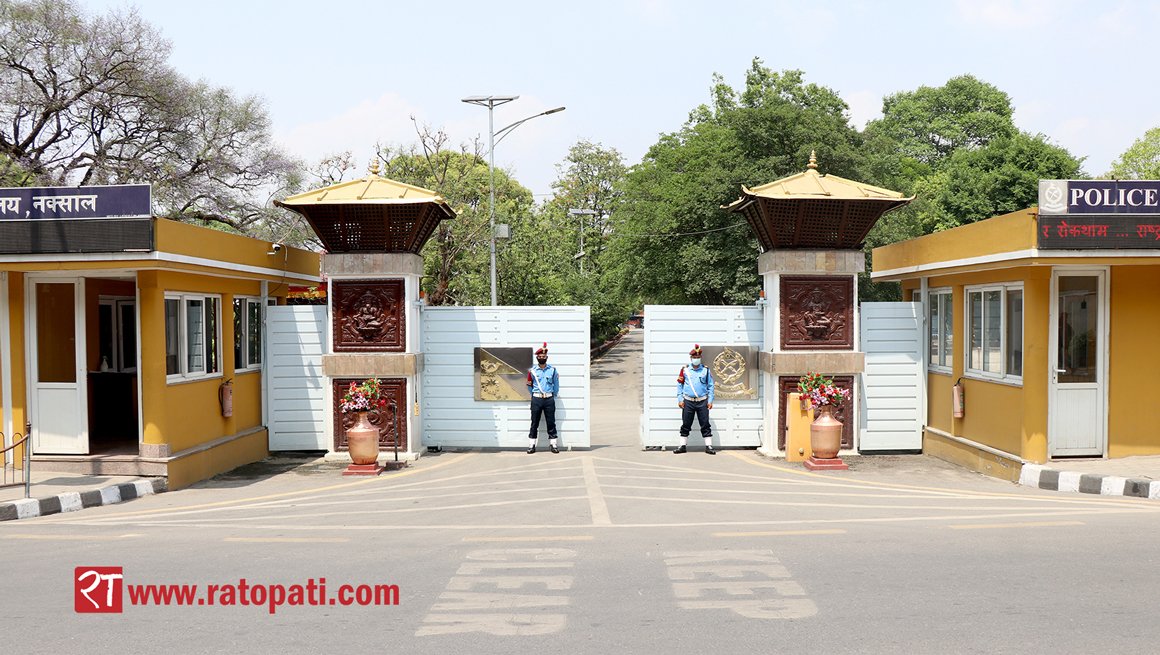


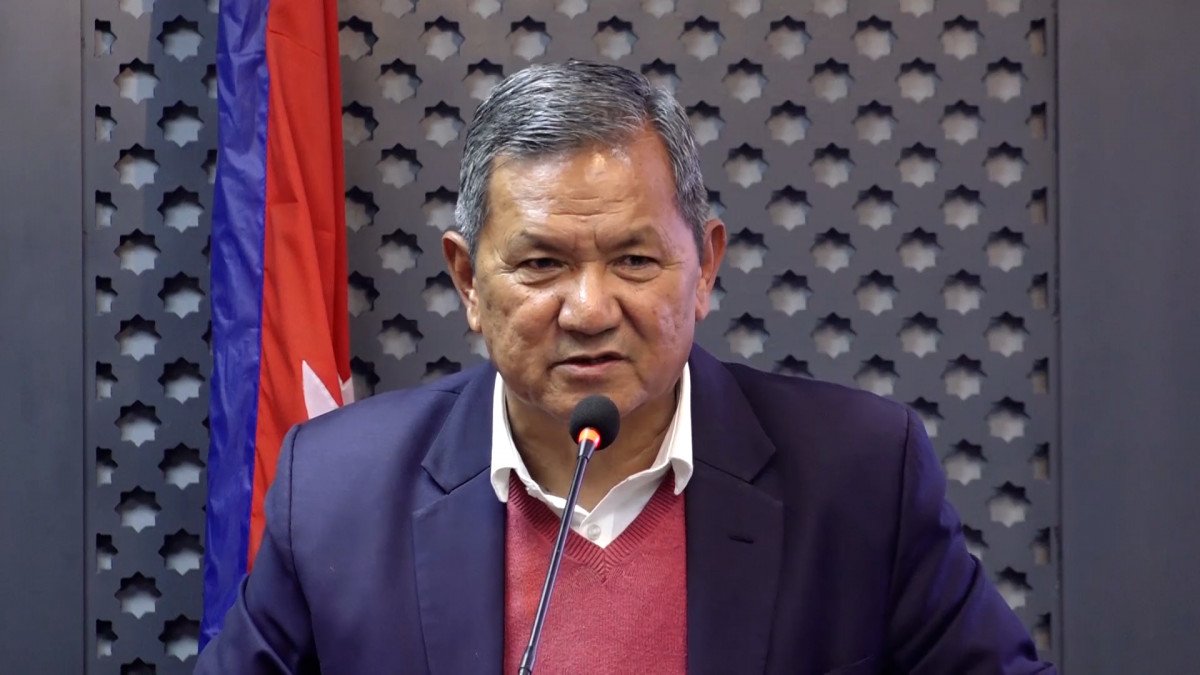
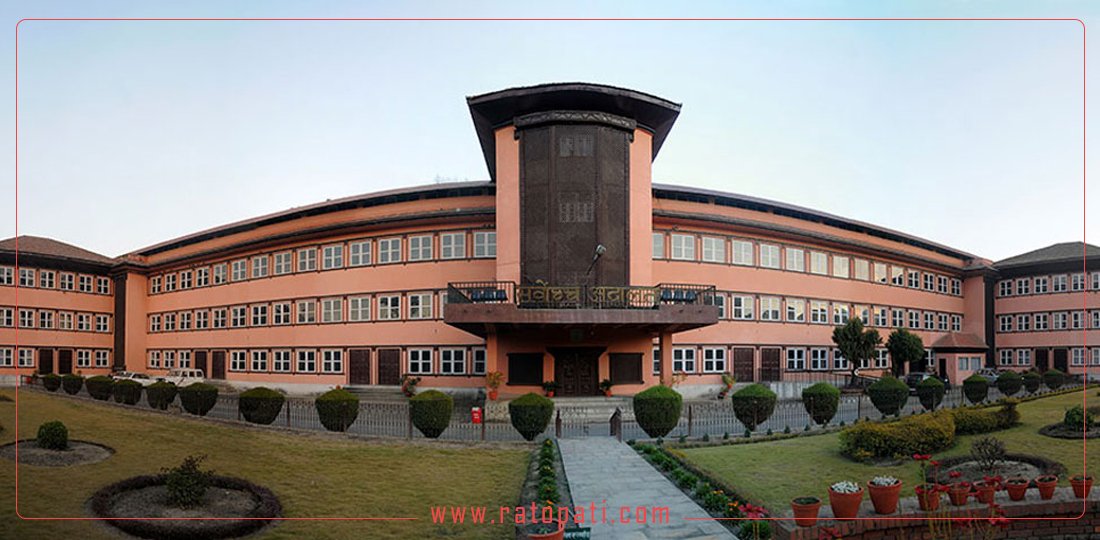
Leave Comment